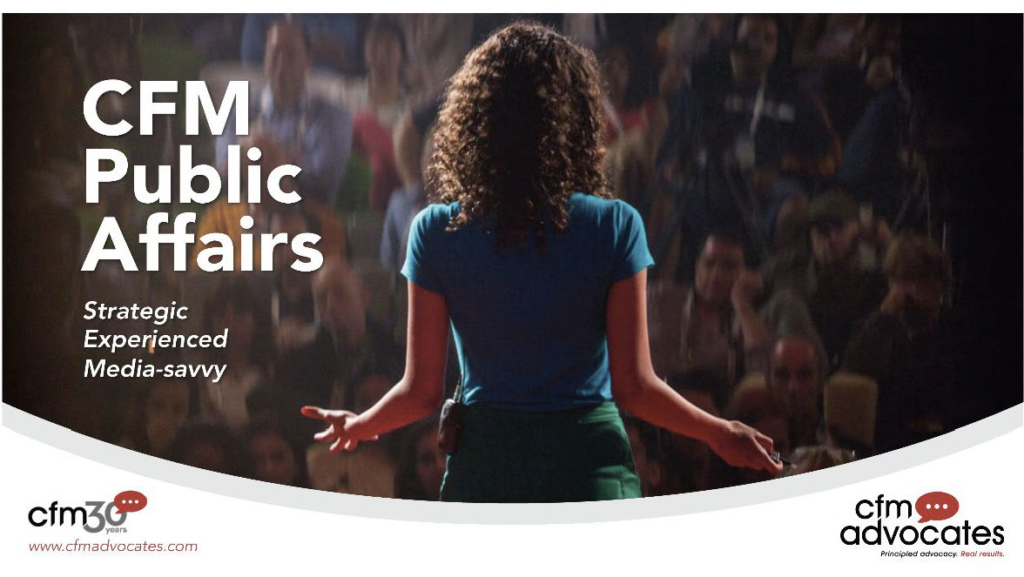
Copyediting is critical to effective writing. In an age of shrinking attention spans and a preference for visual communication, copyediting text has become more essential than ever to gain and keep an audience.
Copyeditors bring a fresh set of eyes and a gentle touch that can make a story cleaner, crisper and more enjoyable for intended readers.
Copyediting and proofreading are related, but not the same. Proofreading involves spotting and fixing misspellings, inserting missing words, correcting grammatical errors and unclogging convoluted references. Copyediting includes all that plus modifying sentence structure, word choices and the overall organization of a piece. Both are important to polished writing.
Writers of any skill level should appreciate copyeditors who can transform something lackluster into something bright by reimagining the lead, tightening the structure or enlivening the verbs. Copyeditors with the right stuff also know how to prune clumsy phrases, flabby adverbs and verbal deadwood.
Professional writers are wise to welcome and respect the perceptive and empathetic handiwork of top-flight copyeditors with the skill to produce a superior final product that is faithful to their style and point of view.
Editing the copy of bosses, colleagues or clients who may not be professional writers can be a thankless job that requires finesse to explain the value of changes, including a complete rewrite. Thick skin helps to withstand boisterous blowback from an offended writer who sees edits as attacks on his or her literary prowess. Praise for the final product may be sweeter for the copyeditor than the original author.
The best writers, whether professional or not, copyedit and proofread their own work thoroughly before handing it over to others for final review. Proficient writers don’t require major overhauls for their work, but still benefit from the touch of a gentle reader who can sharpen a phrase or brighten a verb.
Ernest Hemingway, one of the best writers in modern English, summed up the process of writing and editing, “Short sentences are easier to digest. Create a nice tidy path with plenty of short sentences.” His editors said his work required little editing because Hemingway had already done it.
Lesser skilled writers, especially ones with egos exceeding their talent, may require substantial copyediting (and proofreading). This represents a two-fold challenge of upgrading their work while explaining the edits in a way that assuages their egos. The trick in these circumstances is to make editing seem like a learning experience instead of punishment or repudiation.
Copyediting is a craft. Rob Reinalda, who won a prize for excellence in editing, offers six steps to effective copyediting that are worthy of adoption by writers and their copyeditors.
Step one, Reinalda says, is to evaluate the whole piece before taking out the red pen or tapping the delete button. Assessing the totality of a piece gives the copyeditor a sense of what the author intends to say. That assessment can often uncover a writing secret – finding the best paragraph hiding at the end of a story. I can’t count the times when I’ve edited a story of mine and discovered my final paragraph should be the lead paragraph.

After reading the entire piece, an editor should take stock of the key points, Reinalda explains. Were they clear? Did they advance in a logical, comprehensible order? Was the most important point buried in a stack of lesser important points?
Step three, Reinalda advises, is to attack word bloat by deleting unnecessary phrases or distracting tangents. Copyediting can smooth rough edges, strengthen the story architecture and make each point clearer and crisper.
Step four is to pep up the verbs so they paint word pictures or convey the writer’s meaning more precisely.
Step five is to polish the edited version, snipping a word here and adding a word there. Step six, which is often skipped, involves reading the edited copy aloud. Hearing a jarring or jumbled sentence can reveal the need to retool it.
Writers and copyeditors have a special bond. Every reader owes them a hearty thank you when the story they collaborate to produce jumps off the page.




